With an overabundance of technology today, it’s common for businesses to struggle with which tools are best for them. Small and medium businesses might reasonably assume that they won’t benefit from complex systems designed for conglomerates. In many cases, they’d be right.
#1 - Stalled Projects and Missed Deadlines
When there’s a lack of progress, how do team leaders respond? Endless waffling about how to correct the delay? A focus on the faults of individual employees rather than the big picture? This kind of sidetracked thinking results in frustration and a lack of direction. It leads employees to feel stuck or afraid to make a decision for fear of wasting time or complicating the matter further.

#2 - Keeping Remote Workers Productive
The Problem: We’ve all seen that businesses can stay productive when working from home but that doesn’t mean remote workers don’t face inherent challenges. Isolated workers might have a difficult time getting answers when they need them the most. Instead of popping into an office for a quick discussion, they have to wait until someone sees their voicemail, email, or text message.
Without that face-to-face communication, it’s easy for messages to get lost in translation. You might find yourself constantly having to check in on workers to ensure they’re staying on task — especially if they’re younger or inexperienced. Plus, there are fewer opportunities to build the trust and rapport that results in great ideas and effective collaborations.
#3 - Duplicate Efforts
Who’s doing what? How is that data being organized? How can new employees know that the information they’re compiling has already been done before? Duplicate efforts are usually due to a lack of communication. There are too many reference points for any one person to keep track of, making it likely that someone will redo work in some way or another.
When everything you need is conveniently located in the right dashboard or drive, it becomes a lot more feasible for employees to double-check things before they make their official to-do list. As long as everyone adopts these processes, it will become part of the company culture. Until then, you can rely on emails, links, Sharepoint, etc to reinforce your expectations.

#4 - Lost Sales Opportunities
It’s an unfortunate reality that clients have come to expect long-winded spiels for products and services they don’t need. Clients may find that repeating themselves or explaining their problem in five different ways is a given. These frustrating interactions quickly turn people off and result in a loss of business for your company.
CRMs detail the customer journey. They make it possible for a salesperson to focus on what the client needs, so they’re not pitching them to upgrade products when they haven’t even decided to purchase yet.
#5 - Unproductive Meetings
Whether it’s because people become sidetracked or the company is legitimately failing to address the needs of team members, unproductive meetings can become a source of more than just irritation in a company. If employees feel as though their time isn’t being respected, they might begin looking for a company that can keep things on track.
The Solution: A mind-mapping tool can help you brainstorm during the meeting, which can help people organize their thoughts and ideas more. When people are focused, they can start to see where the problems might lie and how to either get around them or pitch solutions that will prevent them from burgeoning in the first place. When you have a concrete plan that can be visualized as a logical sequence of events, it can give employees the premise they need to get to work.

#6 - Coordinating Everyone and Working Together
Making the Leap
Investing in new technology shouldn’t be an easy decision. The number of tools available and the rate at which they evolve should make even the most tech-savvy person pause. But if you’ve been making excuses about how your business is too small to consider an upgrade, it might be time to tally up just how much productivity you lose by staying the course with outdated processes.






